Larix laricina
A rather unique, soft-needled conifer of bogs and lowlands
Larix laricina tamarack
Of all the conifers, this one would make absolutely the worst Christmas Tree. You don’t normally expect conifers to contribute to the fall colors in our state, but this species is an exception. At first glance, it looks like it might just be a dead tree, a victim of some plant disease, but this is the normal appearance of the larch in the autumn. The tamarack larch is a conifer, but not evergreen. The light blue-green needles of summer turn bright yellow in autumn before falling from the tree. This leaves the pinkish-brown shoots bare until the needles regrow in the spring.
The arrangement of the needles is also unique among conifers - growing outward from a central peg in a whorl of 10-20 needles. There are separate male and female cones and both are small and inconspicuous. Male cones are small and yellow, while female cones resemble tiny roses. The cones of the tamarack larch are the smallest of any known larch species—only about ½ to 1 inch long. Each can contain 12-25 seeds. Initially, the female cones are bright red but turn brown as they open to release the seeds when they mature. Old cones are often retained on the branches borne on very short stalks. Like all conifers, it is wind-pollinated.
This larch species is more common in Canada and the more northern regions of the United States, but there are isolated populations in Pennsylvania. They are commonly found in swamps, bogs, and other lowland areas. They are very cold tolerant, surviving winter temperatures down to -85 degrees F. It is an early invader of wetlands that have silted up and may start growing in the moss and sedge mat that forms over such a declining wetland.
The wood is tough and durable, but also flexible in thin strips. The word tamarack is derived from Algonquin for snowshoes and these Native Americans did use the wood for that purpose. In cold regions, it is a popular ornamental tree and miniature versions are used as bonsai. It is also called the Eastern, American, or Alaskan larch. It is also called hackmatack. There is also a Western larch and a subalpine larch in the Western part of North America.
Habitat & Range
Infrequent in sphagnum bogs and peatlands.
Present in the north and some areas of the southwest of the state.
| EMP: | FACW |
|---|---|
| NCNE: | FACW |
Plant Codes
S-rank: S4 (Apparently secure)
G-rank: G5 (Secure)
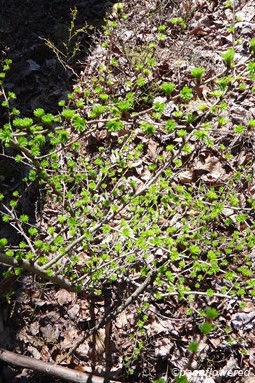
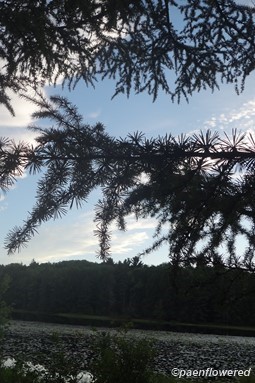
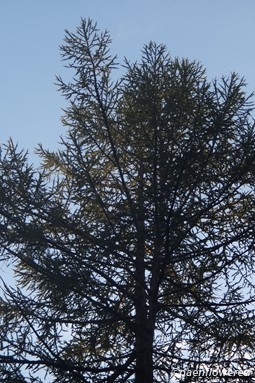
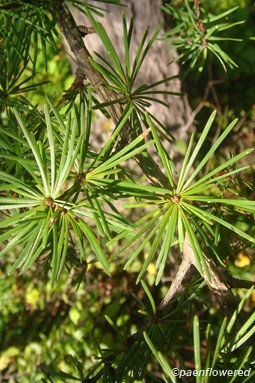
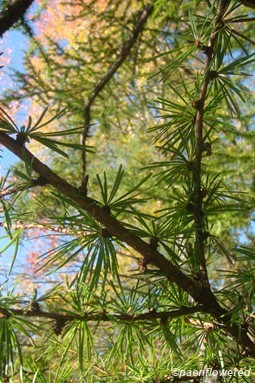
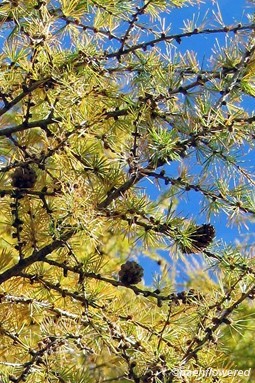
.jpg?v=638379029890000000)

Comments
Have you spotted this plant in your area? We'd love to hear about your experience! Share your comments or questions about the plant below. Comments are moderated before posting.